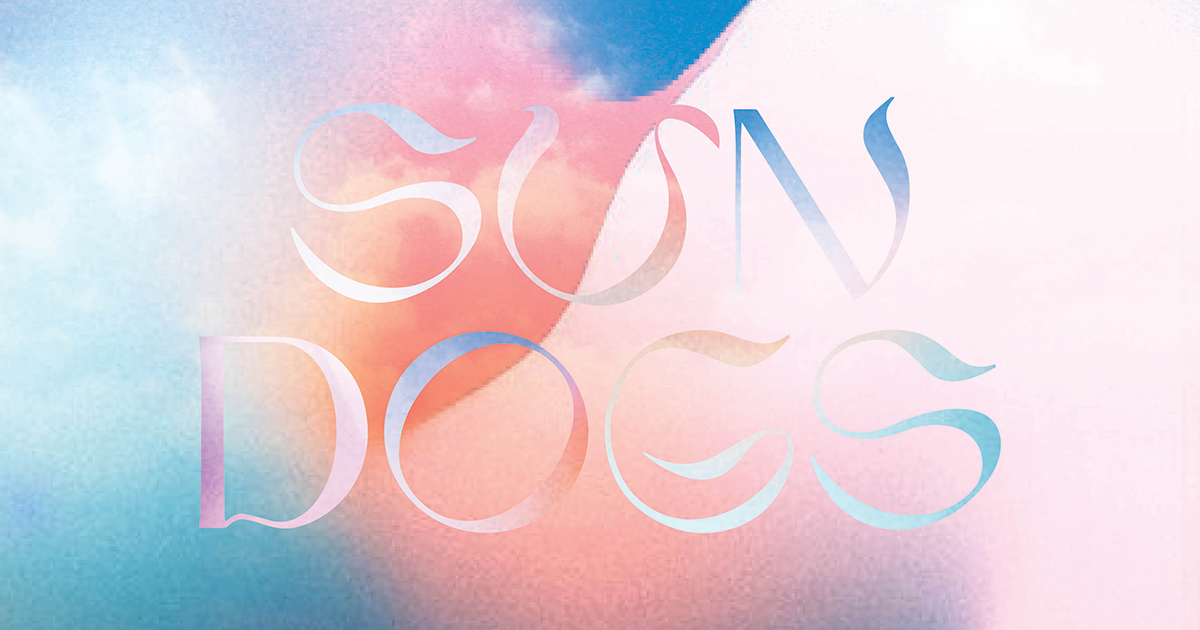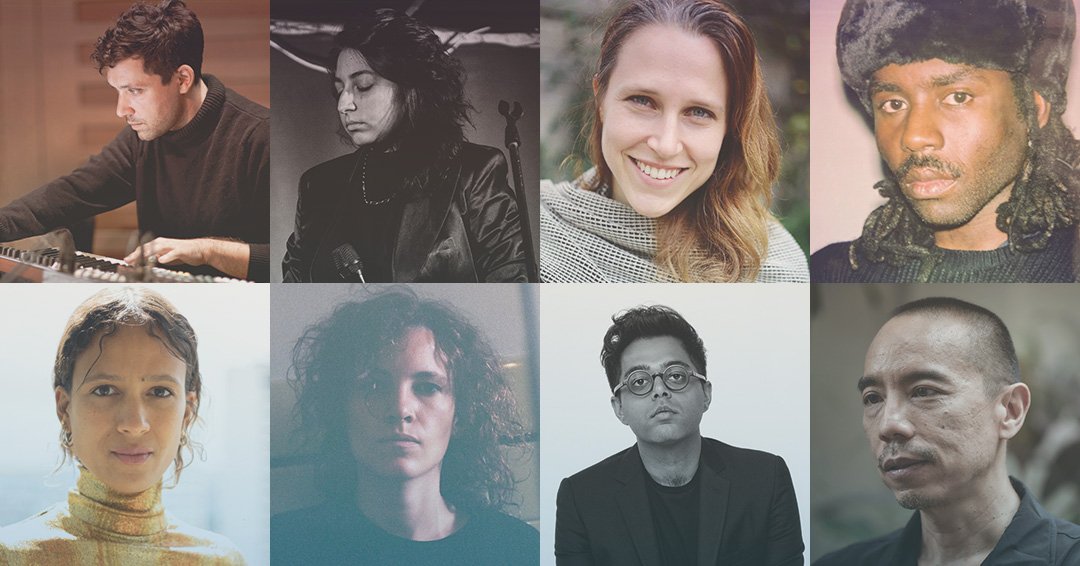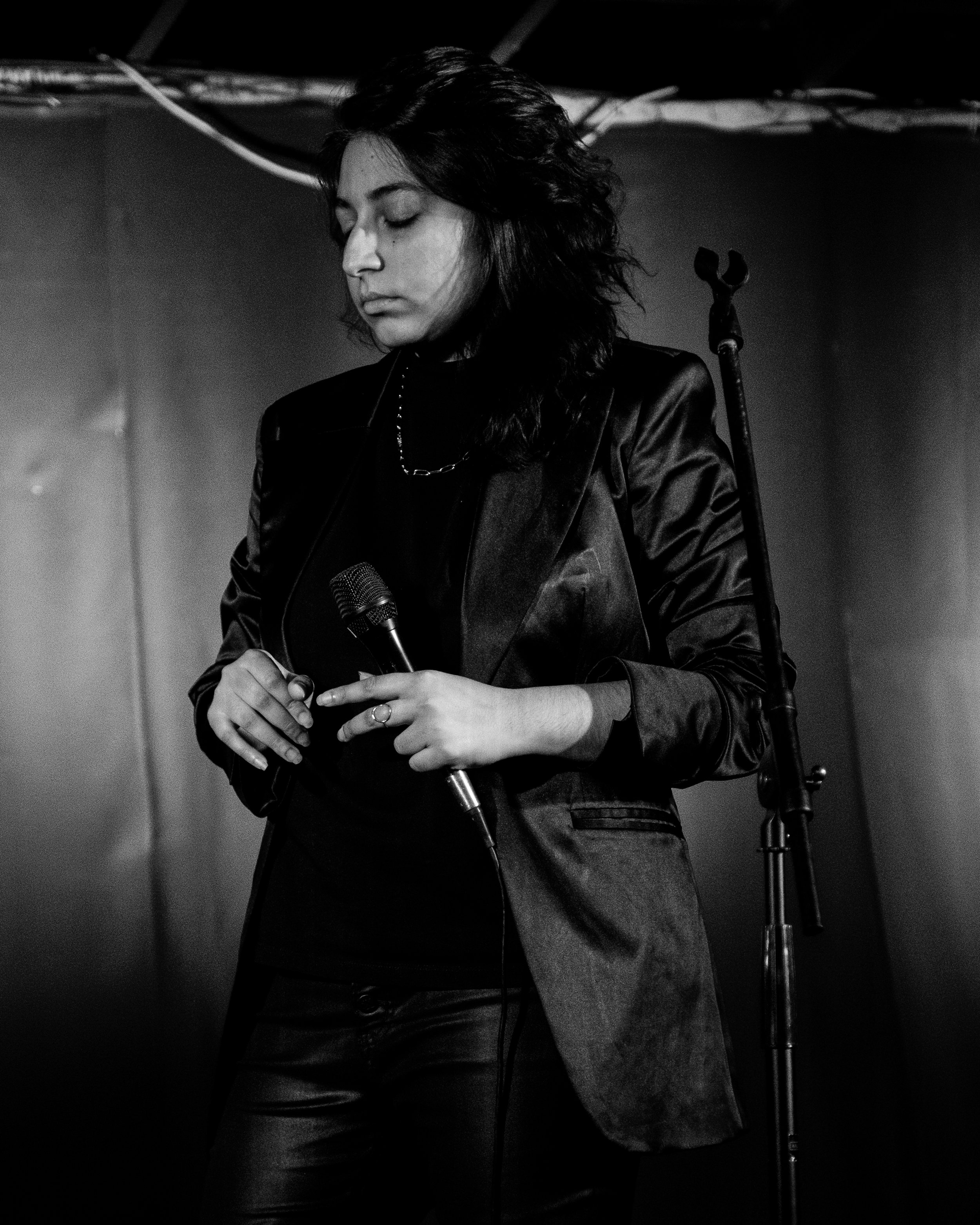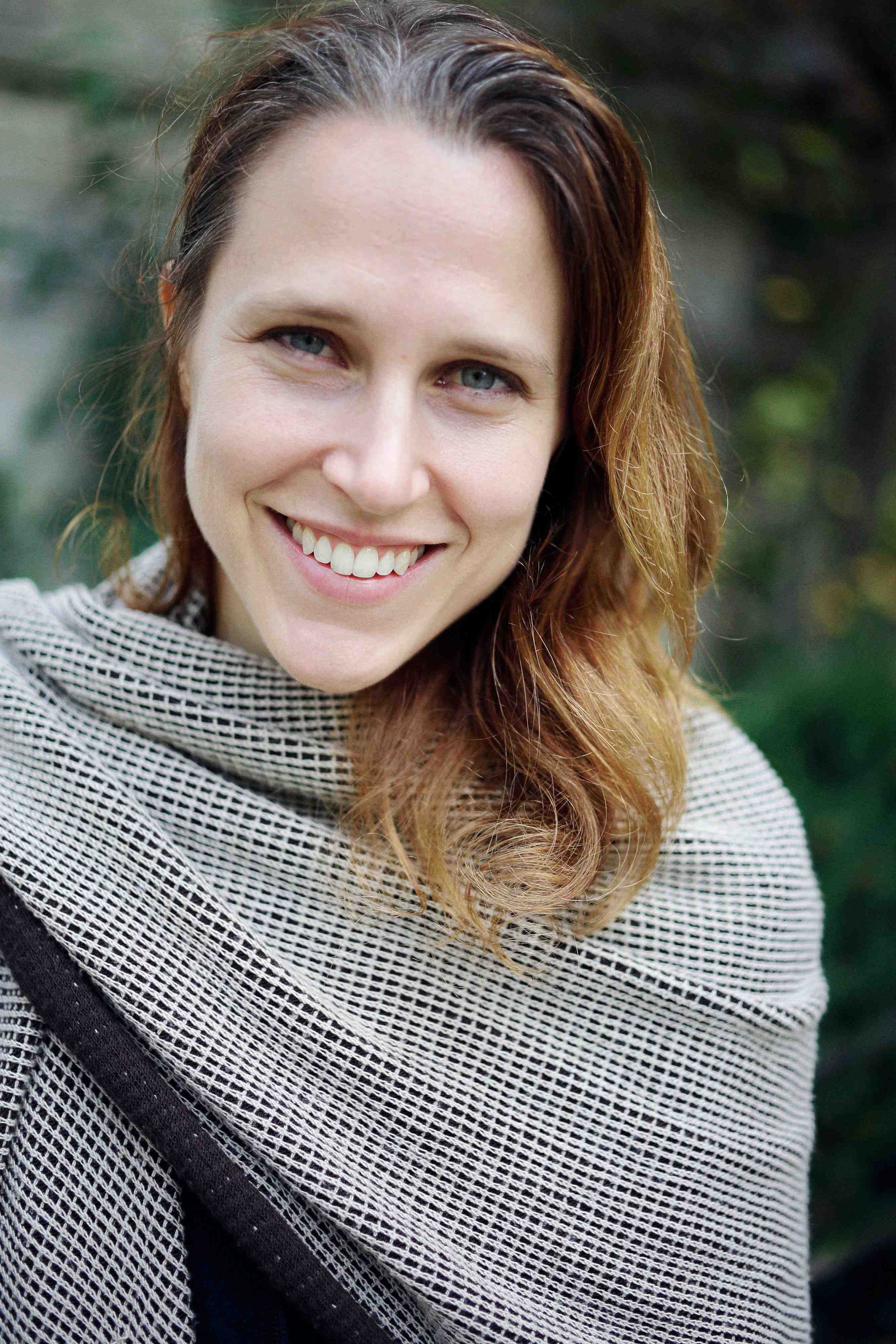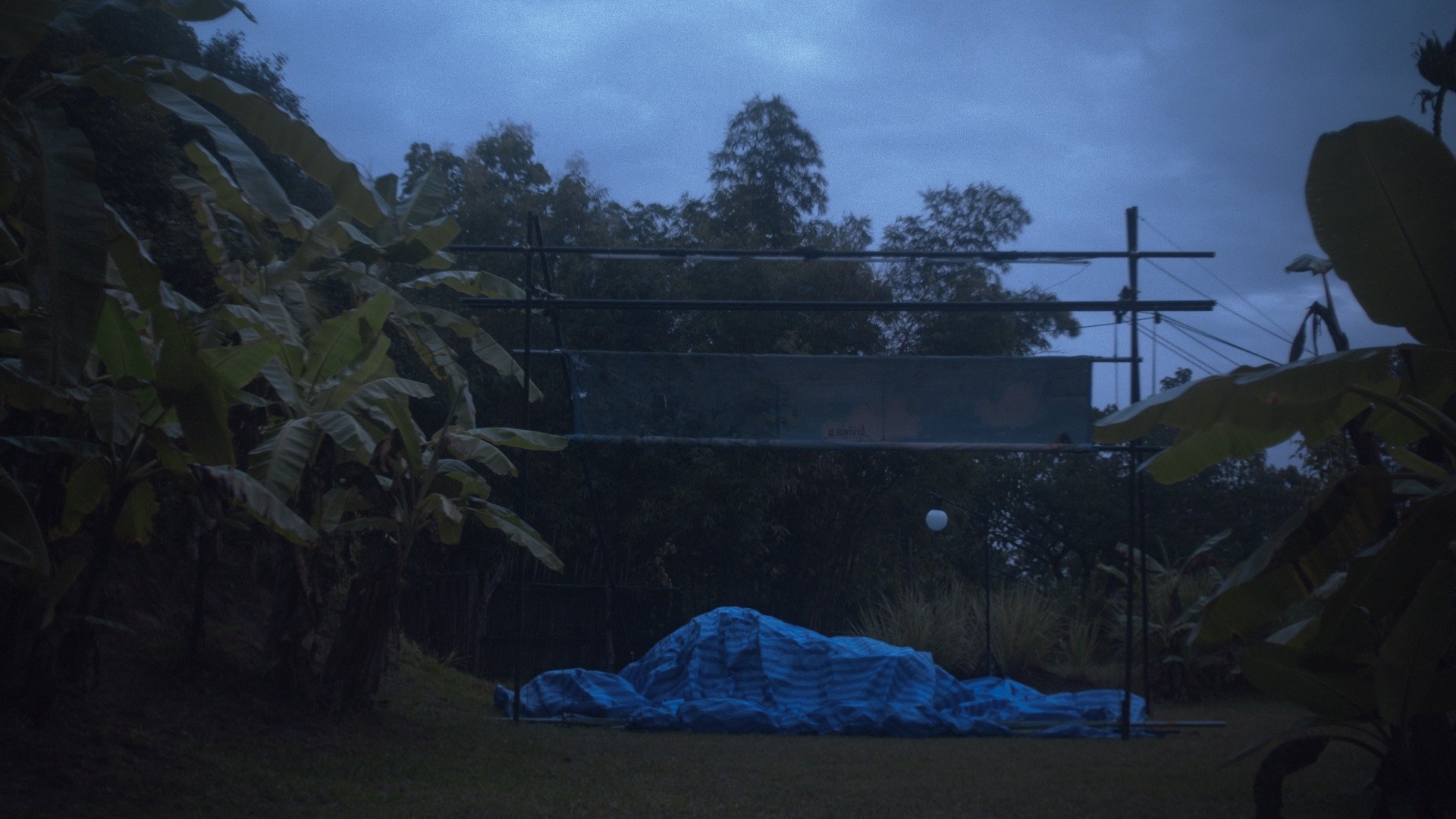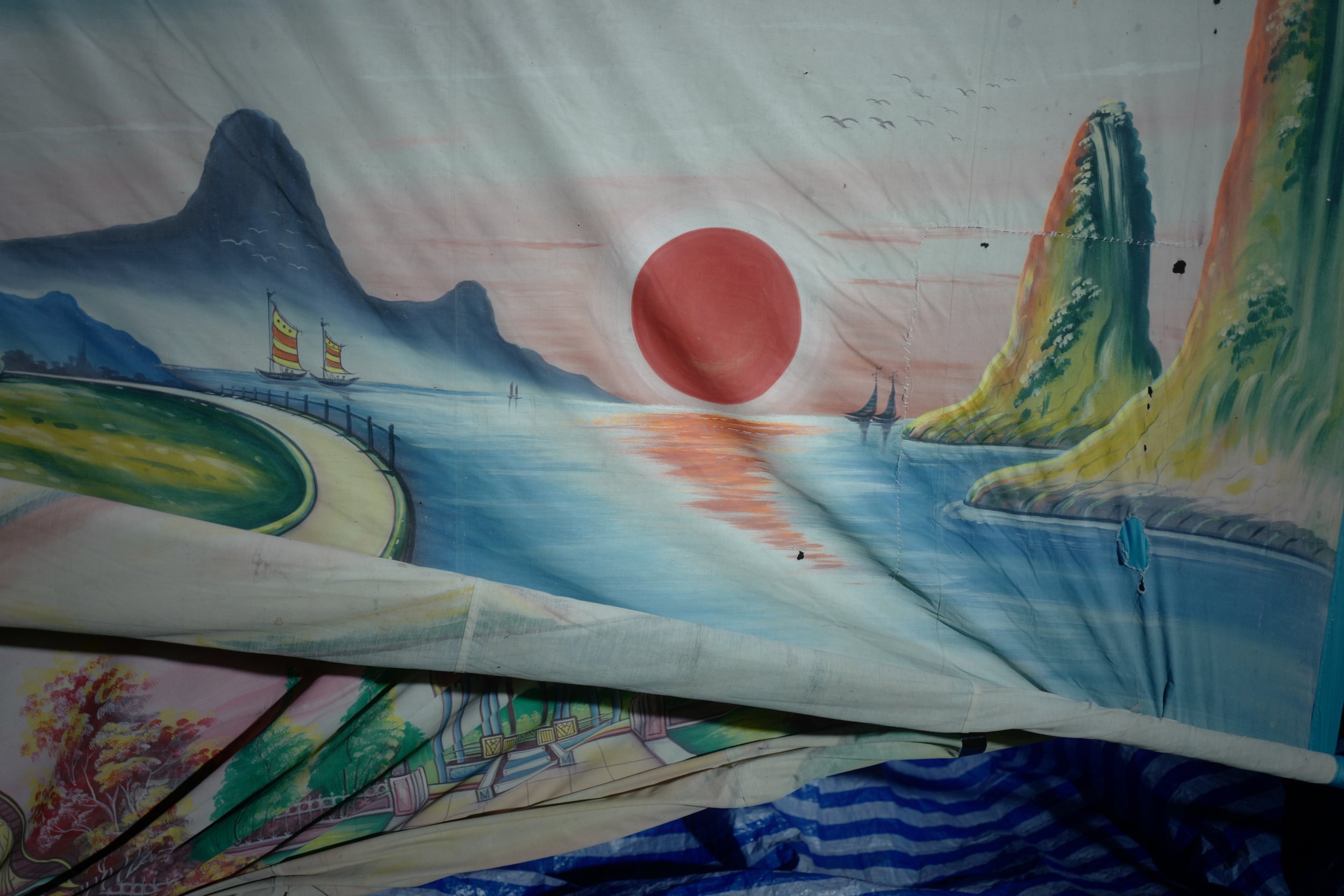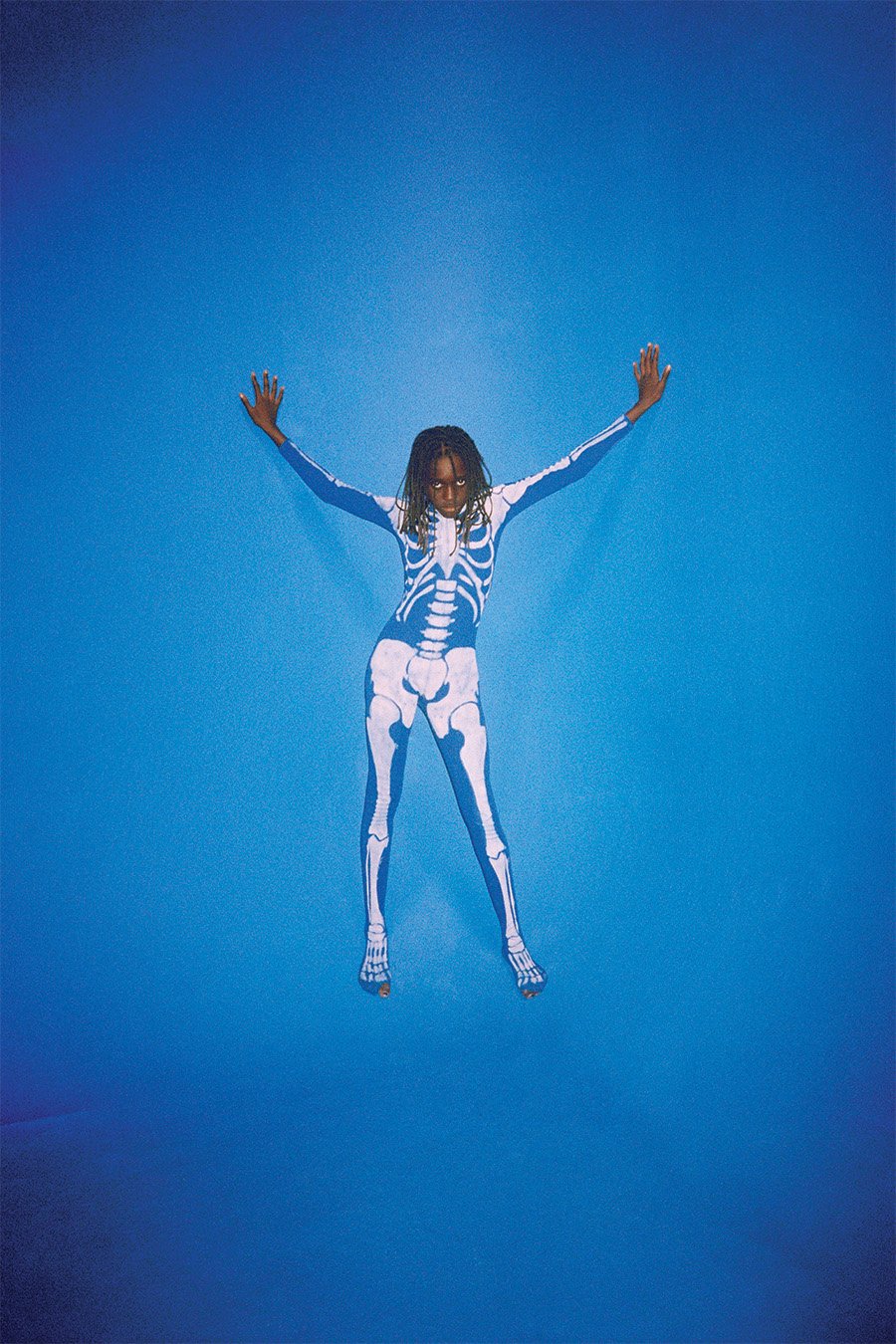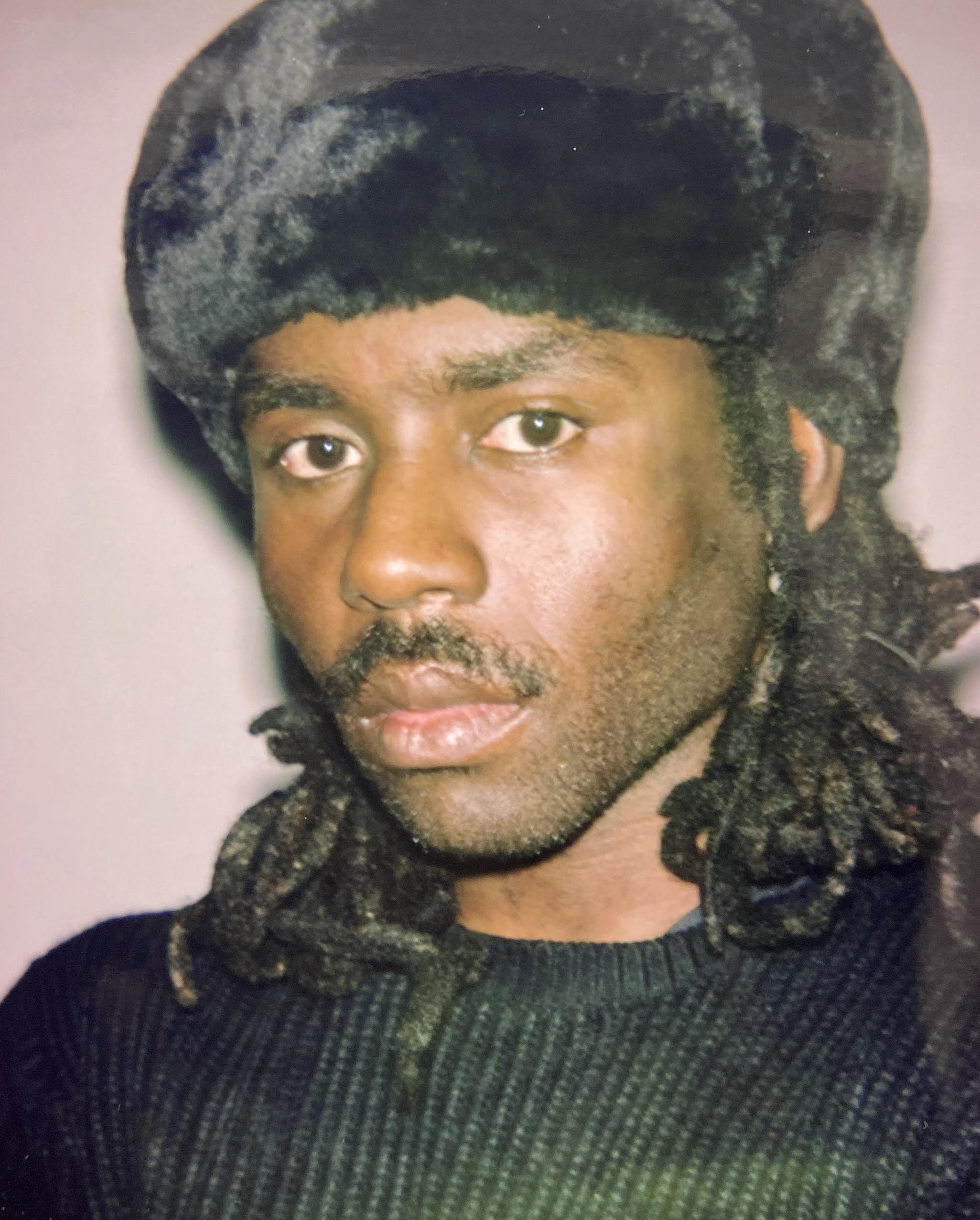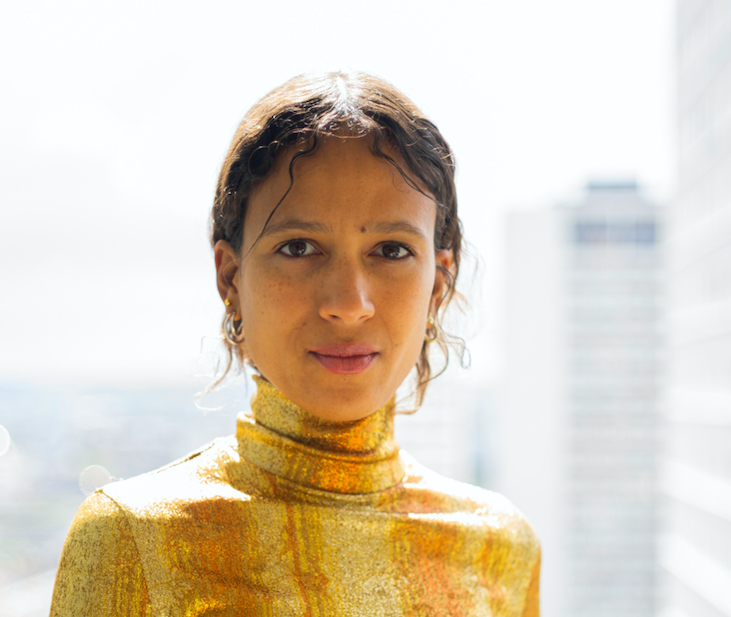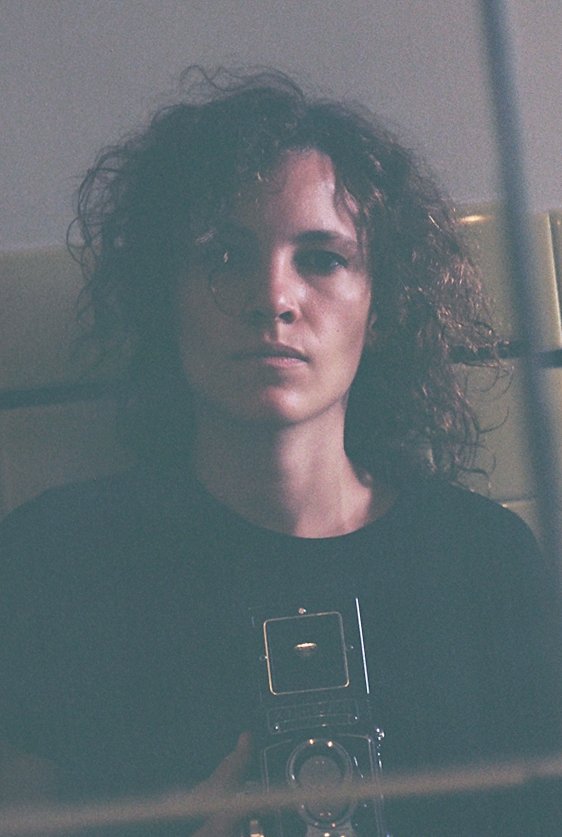A new series from Liquid Music, Sun Dogs asks inspired composer and filmmaker collaborators to create short-format films with new music for live orchestra.
Typically, a composer responds to a director's images and ideas in a film scoring capacity, or a director is engaged by a musician to create a music video. Sun Dogs explores how stories can be told (both musically and visually) from equal footing. The series’ title is inspired by the rare atmospheric phenomenon that appears like a doorway to another realm. Sun Dogs are mysterious and enlightening at the same time. These films give audiences a glimpse into stories that are more than meet the eye.
The first three offerings premiere Oct 14-16 with the Cincinnati Symphony Orchestra, conducted by CSO Creative Partner Matthias Pintscher and presented in partnership with the 2022 FotoFocus Biennial, merging groundbreaking creators and first-time collaborators.
Composer Daniel Wohl and GRAMMY-winning composer/vocalist Arooj Aftab join forces with filmmaker Josephine Decker (Shirley, Madeline’s Madeline); sound artist Rafiq Bhatia (Son Lux) pairs up with internationally recognized Thai director Apichatpong Weerasethakul (Memoria, Uncle Boonmee Who Can Recall His Past Lives); and Devonté Hynes (Blood Orange) collaborates with French-Senegalese filmmaker Mati Diop (Atlantics) and Paris-based publisher and filmmaker Manon Lutanie.
Ahead of the world premieres, we checked in with participants to get a sense of their work and the collaborative process. Continue reading for a glimpse into what to expect Oct 14-16.
Rise, Again | Daniel Wohl, Arooj Aftab, and Josephine Decker
Growing out from improvisations, Rise, Again’s film and music feature an intimate repetition that layers the individual with community. Four mothers raise their four different children with fortitude and love when faced with eviction. A deep rhyming of experience inspired the form. Created collaboratively with women supported by Upward Bound House, the concept emerged from four completely unique experiences that resonated so deeply the collaborators felt they were listening to each other share their own stories.
A note from Daniel Wohl:
“Arooj, Josephine and I held several brainstorming sessions that led to numerous ideas, some of which we didn’t end up pursuing. During this process it became clear to us that we needed to take into account perspectives and practical considerations that none of us were accustomed to. For example, we had to consider what was possible for film while also taking into account how the music would be performed live by an orchestra. Over the next few months, we each went our own way to come up with material.
One of the most exciting moments for me was when we learned that the demos Arooj and I created were being played by Josephine for the women she was working with in her film. Bringing the music so directly into the filming process really gives it an extra significance for me as a composer. From the feedback that was conveyed to me, the music seemed to resonate deeply with their stories and became part of their conceptualization of the final film.”
ON BLUE | Apichatpong Weerasethakul & Rafiq Bhatia
On Blue is a companion piece to Apichatpong Weerasethakul's 2018 film Blue, where a woman (Jenjira Pongpas Widner) lies awake at night, and nearby, a set of theatre backdrops unspools itself, unveiling two alternate landscapes. Upon the woman's blue sheet, a flicker of light reflects and illuminates her realm of insomnia. In On Blue, Weerasethakul imagines that Jenjira's insomniac fire will eventually die down, and she will be able to sleep.
Upon encountering Weerasethakul’s work, Rafiq Bhatia was immediately inspired by the glacial pacing and patience. “Though there isn’t much music in Apichatpong’s films, the environmental sound always feels intrinsic, even primary. Above all, there is a sense that Apichatpong creates from a place of deep engagement with his own memory and experience, a practice with which I strongly identify,” he shared.
“On Blue was inspired by the moments of awakening, of sunrise. As uncertainty becomes the norm, I treasure this phenomenon’s consistency. It’s predictable yet brings tremendous change.”
A note from Apichatpong Weerasethakul:
“I reflect on the past years as we appear to have slept through the pandemic. Perhaps we are ready to wake up. On Blue was inspired by the moments of awakening, of sunrise. As uncertainty becomes the norm, I treasure this phenomenon's consistency. It's predictable yet brings tremendous change.
Revisiting Blue was like re-observing and rearranging a dream before dawn. Perhaps our brains are hurriedly retreating their fragmented scenes, storing them in the shadows before consciousness emerges. I saw a blue sheet crumble like a dream. An old cinema set was reanimated for the last performance.
When first light reaches the eyes, there is a profound sense of clarity. The color blue was giving way to the morning gold. Dream and reality coexist, memories and conditionings fade. Even the word "blue" has lost its meaning. In an instant, we are newborns with no ties to anything.”
A note from Rafiq Bhatia:
“During my first viewing of the visuals for On Blue, I heard music in the gestures I saw on screen. Using instruments built from orchestral sound sources (often quiet actions intensely magnified), I set about searching for what I had imagined. Through careful tuning and timbral changes, I tried to let the musical sonorities melt like the sheets on screen. Harmonies unravel, flex, ripple and relax like their visualized counterparts. Is the state of dreaming always tranquil, or are dreams volatile, like waking life?
Residing in densely populated New York, I feel the city experiencing the night together in phases, despite the asynchronicity of our REM cycles. Here, as in the jungle where Jenjira sleeps, environmental sounds seep into our experience of the night, guiding us along the journey towards wakefulness. I sought to craft the music so that the birds, frogs, insects, and pulley sounds from Apichatpong’s film would function like members of the orchestra—or even as featured soloists—while the CSO’s instruments and Nina Moffitt’s playback voices could conjure the aviaries and ocean waves within Jenjira’s dreaming mind.
“To my ear, the sounds of the softest techniques convey a hyperreal intimacy, vulnerability and ephemerality, as they are usually rich with evidence of the delicate human action it took to produce them.”
When I was presented with this opportunity to create new work for a full orchestra, one of the things that excited me most was the chance to explore the very quietest end of the sonic spectrum. To my ear, the sounds of the softest techniques convey a hyperreal intimacy, vulnerability and ephemerality, as they are usually rich with evidence of the delicate human action it took to produce them. There is, of course, a relationship between the volume and timbre (or “character”) of a quiet sound, but many instruments playing quietly at once can convey the latter without being as constrained by the former. From the outset, I imagined a full dynamic range of textures that could still feel hushed when they grew immense, where even mountainous accumulations might retain a whispering, ghostly quality at their apex. But as I began to work, I was reminded of what William Blake once wrote: “without contraries there is no progression.” It’s after thunder that I most appreciate the stillness of a soft rain.
I am grateful that this commission provided an occasion to deepen my collaboration with orchestrator Taylor Brook, as well as Nina Moffitt, Chris Pattishall, and Ian Chang, who made invaluable contributions to the electroacoustic component of the piece. Those who listen closely may notice nods to György Ligeti’s Atmosphères and Richard Wagner’s Das Rheingold.
I look forward to experiencing On Blue as it comes to life on stage each night in Cincinnati. As Apichatpong wrote to me in an early correspondence: “Silence is never repeated.”
NAKED BLUE | Devonté Hynes, Mati Diop, and Manon Lutanie
Naked Blue features Oumy (age 13) who lives in Paris and trains as a dancer. In a film studio painted blue, she dances in front of mirrors and salutes an imaginary audience.
“It also gestures to the transition from childhood to adolescence, wakefulness to trance, sadness to its overcoming—as well as to the interstitial, tenuous nature of such passages.”
“Oumy is thirteen and the daughter of Valeria, a close friend of ours. Her dance training, particularly in ballet, is intensive, and we have long wanted to film her. This collaboration with Dev Hynes for a commission from the CSO was an occasion to finally work with her,” shared Mati and Manon.
“The fragile, ambiguous nature of the images evokes archival footage of rehearsals for a school show or film shoot. It also gestures to the transition from childhood to adolescence, wakefulness to trance, sadness to its overcoming—as well as to the interstitial, tenuous nature of such passages. It is also a portrait of Oumy at a specific moment in her life, a moment that is deeply moving to us and that we wanted to capture. The dramatic intensity of Dev’s musical composition, performed by the Cincinnati Symphony Orchestra, accompanies Oumy’s movements, mirroring their magnetism, cohesion, and radical autonomy.”
FOLLOW LIQUID MUSIC:
Twitter: @LiquidMusic_
Instagram: @LiquidMusicSeries
Facebook: @LiquidMusicSeries
